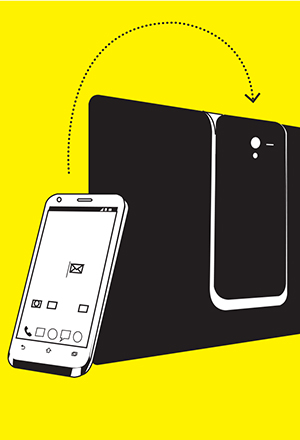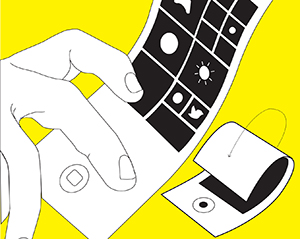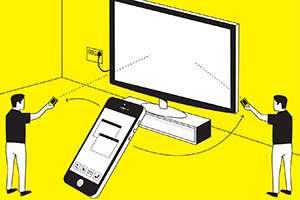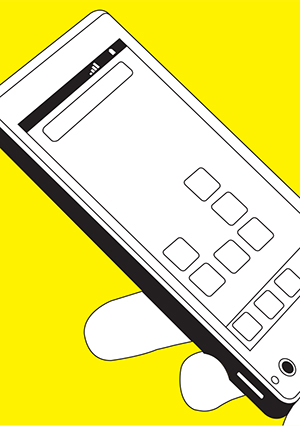
5 Radical Designs for Future Smartphones
The touchscreen slab has become the near-default design of smartphones. So have we hit an ‘innovation plateau’ in smartphone design? Here are five designs you could be using within the next two years

1. Wearable, Augmented-reality Glasses
One of the most radical of all new designs, the Google Glass is a spectacle-like wearable computer that you control with your eyes and voice.
Availability: A few lucky Android developers are getting their hands on the device in early 2013, with limited consumer availability expected in 2014.
Price? About $1,000—not too bad, considering that the top-end iPhone 5 costs Rs 60,000 ($1,100) in India!

2. Smartphone-PC
The Asus Padfone represents an inevitable fusion of the smartphone with the PC. By itself, it is a 4.3-inch smartphone, but with its accessories, you could do away with a PC or laptop altogether. Plug the Padfone into a larger screen, or a keyboard, and it seamlessly shares data, internet connectivity and processing power to provide you with a PC replacement.
Availability: Version 2 of the Asus Padfone is already available.
Price? Though not yet launched in India, about Rs 40,000 for the phone plus Rs 15,000 for the optional screen.

3. Foldable screen
The Samsung Youm’s flexible colour screen can be twisted and folded. Unbreakable, flexible displays open up many possibilities, like phones that ‘unfold’ to become tablets.
Availability: Samsung demonstrated the device at the Consumer Electronics Show (CES) on January 9. Its next flagship Galaxy devices (S4 or Note III) could sport these screens.
Price? NA

Microsoft’s Kinect add-on for its XBox gaming device is smart enough to ‘see’ the people in a room and recognise their gestures and expressions during gameplay. This technology in a smartphone brings with it possibilities of Minority Report-like gestures, physical gaming and facial recognition.
Availability: At CES this year, PrimeSense, the makers of the sensing module that powers the Kinect, unveiled Capri, a significantly miniaturised version of its three-dimensional sensing module that can fit into smartphones and tablets. Thus, the fabled ‘Kinect Phone’ might be here sooner than we think.
Price? NA

5. Multi-screen Phone
On one of its sides, the YotaPhone has a traditional colour touchscreen, with Google’s Android running underneath. When you turn it around, you will find a black and white ‘e-ink’ display. The second screen can be configured to display any number of things—a to-do list, a flight boarding pass, photos of your kid or newsfeeds—with zero use of battery. Perhaps not so radical or disruptive, but an interesting and clever innovation.
Availability: To be released in 2013.
Price? NA
Illustrations: Sameer Pawar
(This story appears in the 22 February, 2013 issue of Forbes India. To visit our Archives, click here.)
-
 S Sarangi
S SarangiNew Age Smart phones should include solar self rechargeable batteries with no hassle of carrying chargers every where and charging it everyday .
on Apr 17, 2013 -
 Aryan Dheeraj
Aryan Dheerajsoon, the peoples may be able to enjoy no. 4th of ur imagination, because we are working quite a lot on it...
on Mar 12, 2013 -
 N C Taneja
N C TanejaAll look feasible, when in reality, life will change for good. Notable changes are for betterment of all. Companies will have to keep the cost in check for greater use by majority. Life is going to be wonderful:) haha
on Feb 27, 2013














